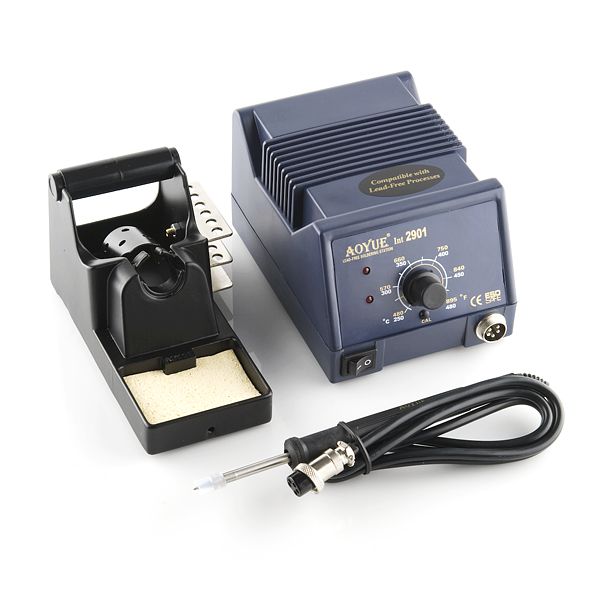Basic Soldering For Electronics Pace Handbook Of Nature
01 Mar 1998 This written guide will help beginners and novices to obtain effective results when soldering electronic components. If you have little or no experience of using a soldering iron, then we recommend that you practice your soldering technique on some fresh surplus components and clean stripboard (protoboard), before experimenting with a proper constructional project. This will help you to avoid the risk of disappointment when you start to assemble your first prototypes. If you’ve never soldered before, then read on! Types of Iron Topics in this section include: Voltage, Wattage, Temperature Control, Soldering Stations, Anti-Static Protection, Bits (Tips), Spare Parts, and Gas-Powered Irons. The most fundamental skill needed to assemble any electronic project is that of soldering.

It takes some practice to make the perfect joint, but, like riding a bicycle, once learned is never forgotten! The idea is simple: to join electrical parts together to form an electrical connection, using a molten mixture of lead and tin (solder) with a soldering iron. A large range of soldering irons is available – which one is suitable for you depends on your budget and how serious your interest in electronics is. Electronics catalogues often include a selection of well-known brands of soldering iron.
Excellent British-made ones include the universally popular Antex, Adcola and Litesold makes. Dwg To Pdf Converter Crack. Other popular brands include those made by Weller and Ungar. A very basic mains electric soldering iron can cost from under 5 UK Pounds (8 US Dollars), but you can expect a reasonable model to be approximately 10 to 12 UKP (16 to 20 US Dollars), and it’s quite possible to spend into three figures on a “soldering station” if you’re really serious! You can check suppliers’ catalogues for some typical types of iron. Certain factors you need to bear in mind include: Voltage: Most irons run from the mains at 240V (110V in the US). However, low voltage types (e.g.
12V or 24V) generally form part of a “soldering station,” and are designed to be used with a special controller made by the same manufacturer. Wattage: Typically, soldering irons may have a power rating of between 15-25 watts or so, which is fine for most work. A higher wattage does not mean that the iron runs hotter – it simply means that there is more power in reserve for coping with larger joints. This also depends partly on the design of the “bit” (the tip of the iron). Consider a higher wattage iron simply as being more “unstoppable” when it comes to heavier-duty work, because it won’t cool down so quickly. Temperature Control: The simplest and cheapest types don’t have any form of temperature regulation.
Simply plug them in and switch them on! Thermal regulation is “designed in” (by physics, not electronics!).
These irons may be described as “thermally balanced” so that they have some degree of temperature “matching,” but their output will otherwise not be controlled. Unregulated irons form an ideal general purpose iron for most users, and they generally cope well with printed circuit board soldering and general interwiring.